Native Instruments Guitar Rig 6 PRO: First Impressions
Is the new Guitar Rig 6 PRO worth buying?
Native Instruments has just released the behemoth Komplete 13 software bundle, and in amongst all those virtual synths, drums, and samples lurks the highly anticipated Guitar Rig 6 PRO. In this mini review I will give you my first impressions of this new virtual guitar rig software.
Native Instruments Guitar Rig 6 PRO
Native Instruments kindly sent me a copy of the new Guitar Rig 6 software so that I could review it and give you my first impressions. A little background on my experience with the software and usage: I’ve been using Guitar Rig since its very first iteration, and for a number of years, it was my go to virtual guitar setup in my DAW. I’m a Mac/Logic Pro user predominantly and so I always use programs like Guitar Rig within my DAW, although you can also use them as standalone. At one point, I even went out and got myself a Rig Kontroller pedal and ran my virtual guitar rig via that.
First Impressions
If you have never used Guitar Rig then you will probably enjoy its ultra-clean user interface. I find it very well laid out and simple to navigate. Guitar Rig 6 has taken this further and it looks even more friendly than before. Essentially, you choose your factory presets and virtual components from the column on the left-hand side of the main window. Then your main presets are built up with ‘studio rack’ like modules, which contain everything from your tuner, virtual amps, cabinets, and effects.
Presets, Navigation and Curation
I would suggest new users start with one of the curated factory presets, for which Native Instruments has brought in players like Vernon Reid and Pete Thorn on board. You can also try out various factory presets via the Genres, Amplifier, Effects, and Artists preset organisation, as this breaks down all the factory presets and curated presets by type, providing you a nice quick route to the various virtual guitar rigs.
Sure, you can run through A-Z if you prefer, or search for specific preset names as well, but I think new users will appreciate the navigation options. It really does help to give you a good overview of what is possible and how the patches have been created.
The newly redesigned user interface is super sharp and can be resized how you like, which makes navigation a breeze and a great experience on high resolution monitors.
Routing
You can start with an amp, a virtual cabinet, and throw some effects in to taste. And that isn’t a bad way to start off to be honest, but Guitar Rig 6 has some serious routing options you can use to create multiple amp and cabinet combinations within one single user preset. This is where some of the more ‘out there’ factory presets and curated artist presets are getting their tones from.
But even if you want to just keep it simple and go amp – cab – effects, then it is as easy as drag and dropping your chosen virtual rig components in the order that you want them in. Each module can be turned on and off individually, which can be preset to an external controller so that you can assign it to a footswitch for easy control when you are playing.
Guitar Rig PRO 6 includes parallel routing via Split Mix, Crossover routes via high or low frequencies, and Split M/S to allow you to adjustment the Mid and Side channels of your mix, which in turn you can separately control and process the centre and the edges of a stereo image. This is a huge amount of power and adjustment, and you should be able to create some amazing and complex rigs if you want to.
Modulation and Control
If you do like ultimate control over your parameters then you can load up virtual LFOs and step sequencers to control parameters of just about everything. You can set it to slowly sweep or modulate your virtual control knobs, or assign parameters to a MIDI controller and control them on the fly. I found the automation and control easy to set up, without any confusing menus getting in the way.
The Sounds
It would take all year to get through every single parameter within Guitar Rig 6, but I will say that all the new guitar amps and cabinets do sound a lot better than in previous incarnations. The old classics are still there, but with some new ones, notably the Chicago, Bass Invader, and Fire Breather amps. Each amp comes with matching virtual cabinets. You can mix and match amps and cabinets too, so it is well worth experimenting with various combinations of these and not just sticking to the ‘matched’ pair.
I also found that the ability to direct mic, or adding more room mic on the virtual cabinets was extremely effective and easy to dial in. You can adjust this so that your rig sits well within your song.
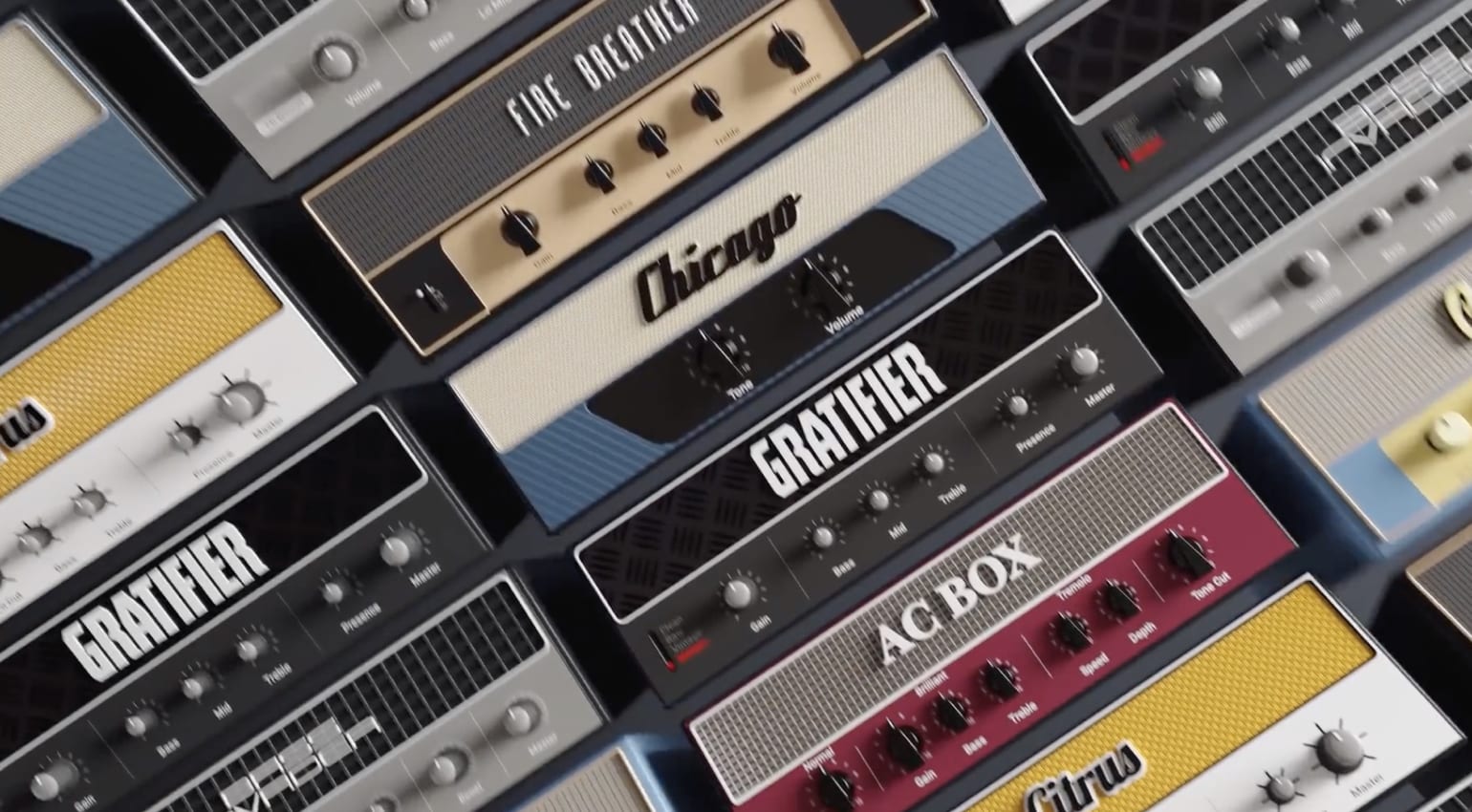
Native Instruments Guitar Rig 6 PRO- First Impressions of the new virtual guitar rig on the block · Source: YouTube/Native Instruments
Recreations of classics
The software is absolutely full of recreations of classic effects pedals, studio effects, and effects taken from other Native Instruments software such as Traktor. It all adds up to a very full experience for experimentation and creation, which I’m all for personally. You can stick to regular guitar tones, or you can go ‘off planet’ and create crystalline washes of reverberation that would have Eddie Kramer and Jimi Hendrix creaming their pants.
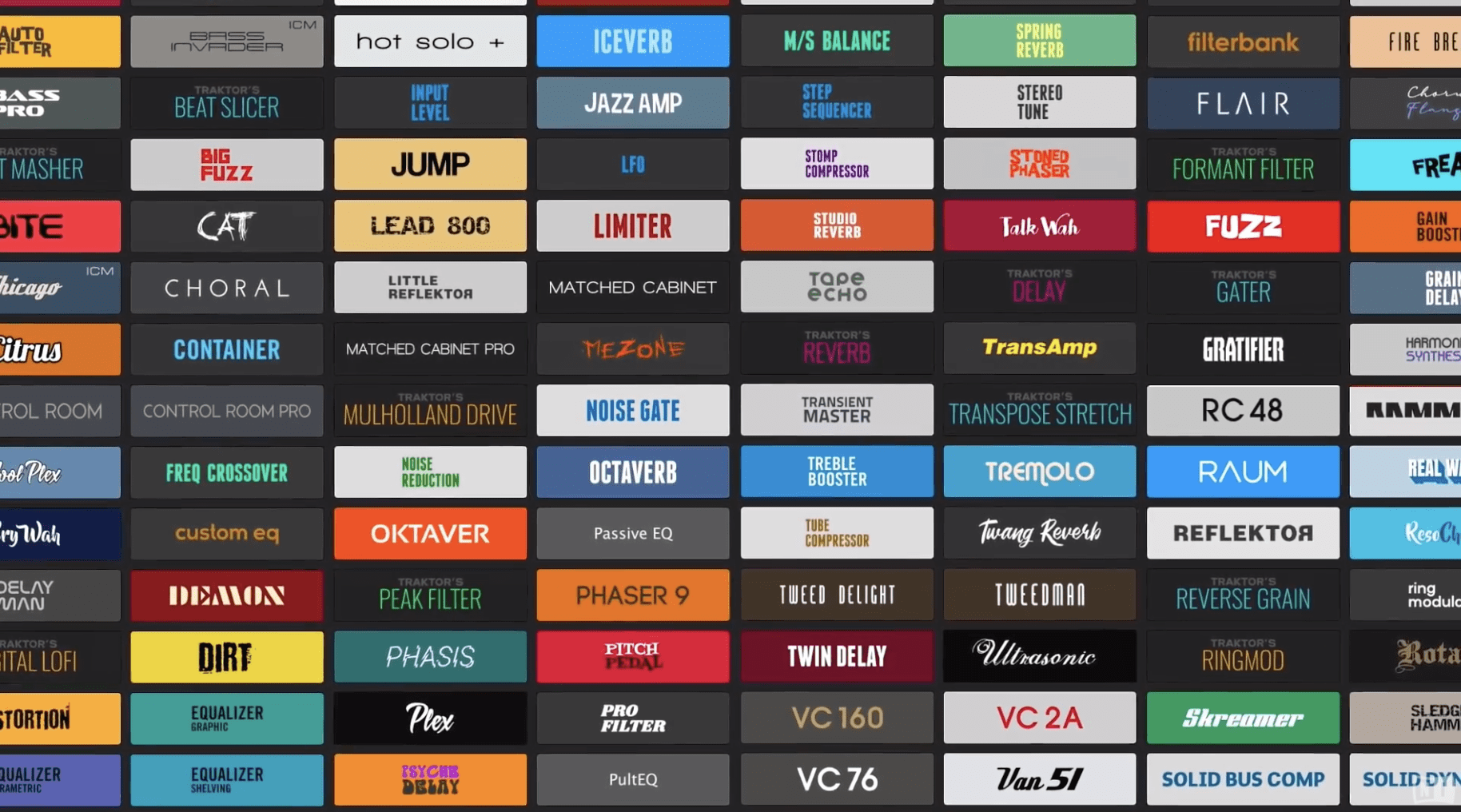
Native Instruments Guitar Rig 6 PRO is rammed full of great effects · Source: YouTube/Native Instruments
Responsiveness
One massive improvement over the older version of Guitar Rig is its responsiveness to playing dynamics. I always found the old versions were a little ‘plastic’ sounding, for want of a better phrase. Especially with clean sounds or slightly overdriven sounds. This latest version sounds more realistic to my ear and doesn’t hide the tones behind over-loaded effects, so you can actually hear your playing dynamics shine through.
However, if you do want brutal distortion and high gain craziness, then amps like the RAMMFIRE (an amp designed with Rammstein’s Richard Z. Kruspe) will get you there in an instant.
The Verdict
Overall, I would have to say that this latest incarnation of Guitar Rig PRO 6 is pretty awesome. It will fit well in any studio, and producers and players that really want to experiment will love it. If you love to dabble and create your own tones, then I think you will adore all the possibilities at your disposal. You can just open it up, choose a preset, and tweak to taste if you prefer, but I think you would be missing a lot of what is on offer to you. To really get the most from this software, it is best to dive right in and explore.
I also found that this new version has pretty low overheads which was great on my system. The latency was also very good, with no issues at all with tracking. As an aside, the basic built-in noise gate is also unobtrusive and works really well, so your noise floor is really good even, with single-coils. I used a variety of single-coil, P90 and humbucker loaded guitars, and was able to get a good strong signal without any noise issues.
If you want to try before you buy, you can follow the link below for the free demo of the software. The system requirements are all below and it can run as a plug-in or standalone. The demo version runs 30 minutes per session, and can then be re-opened to try again. You cannot save your presets, but it gives you great way to hear the sounds for yourself.
Personally, I’m very happy that Native Instruments finally decided to update Guitar Rig. It was my favourite virtual rig for so many years, but had started sounding a little dated and left behind. Luckily, Guitar Rig PRO 6 is on the money and has all the guitar tones you need and much, much more.
Windows (64-bit only): Stand-alone, VST, AAX
Mac OS X (64-bit only): Stand-alone, VST, AU, AAX
RRP – GBP 179 or GBP 89 from previous versions
More Information
Video
You are currently viewing a placeholder content from YouTube. To access the actual content, click the button below. Please note that doing so will share data with third-party providers.
12 responses to “Native Instruments Guitar Rig 6 PRO: First Impressions”

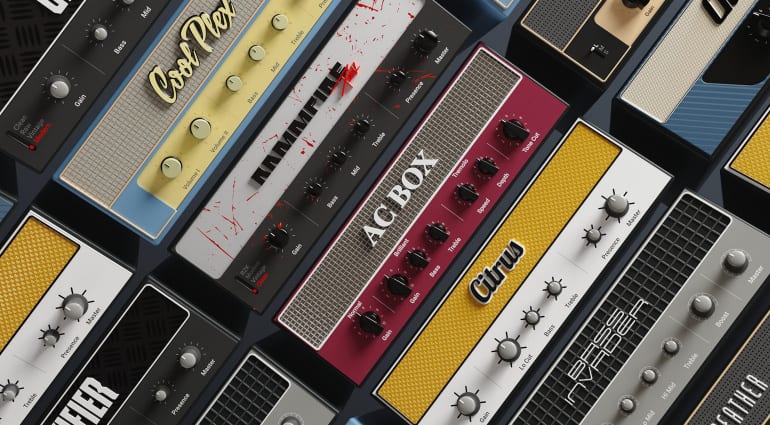

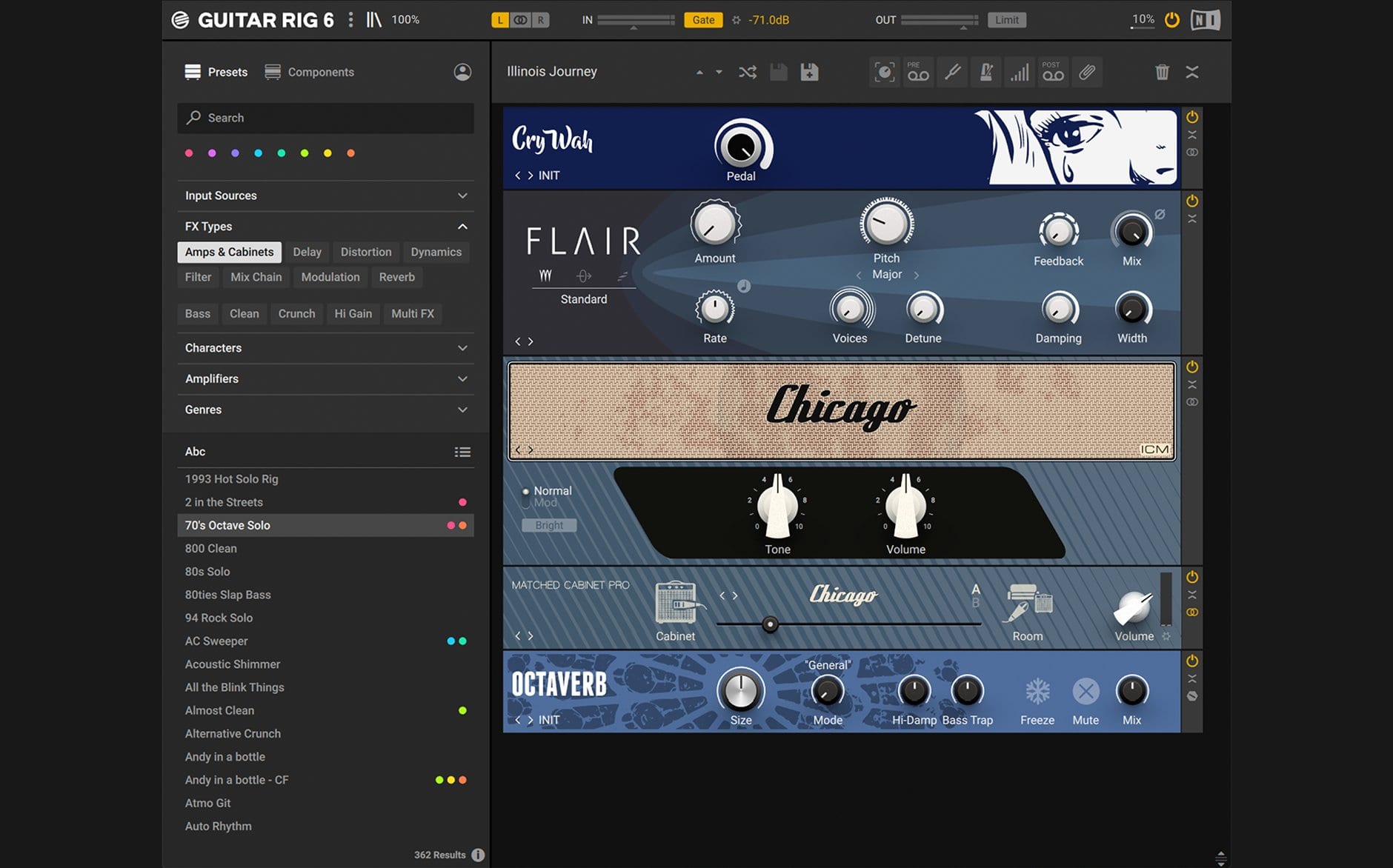
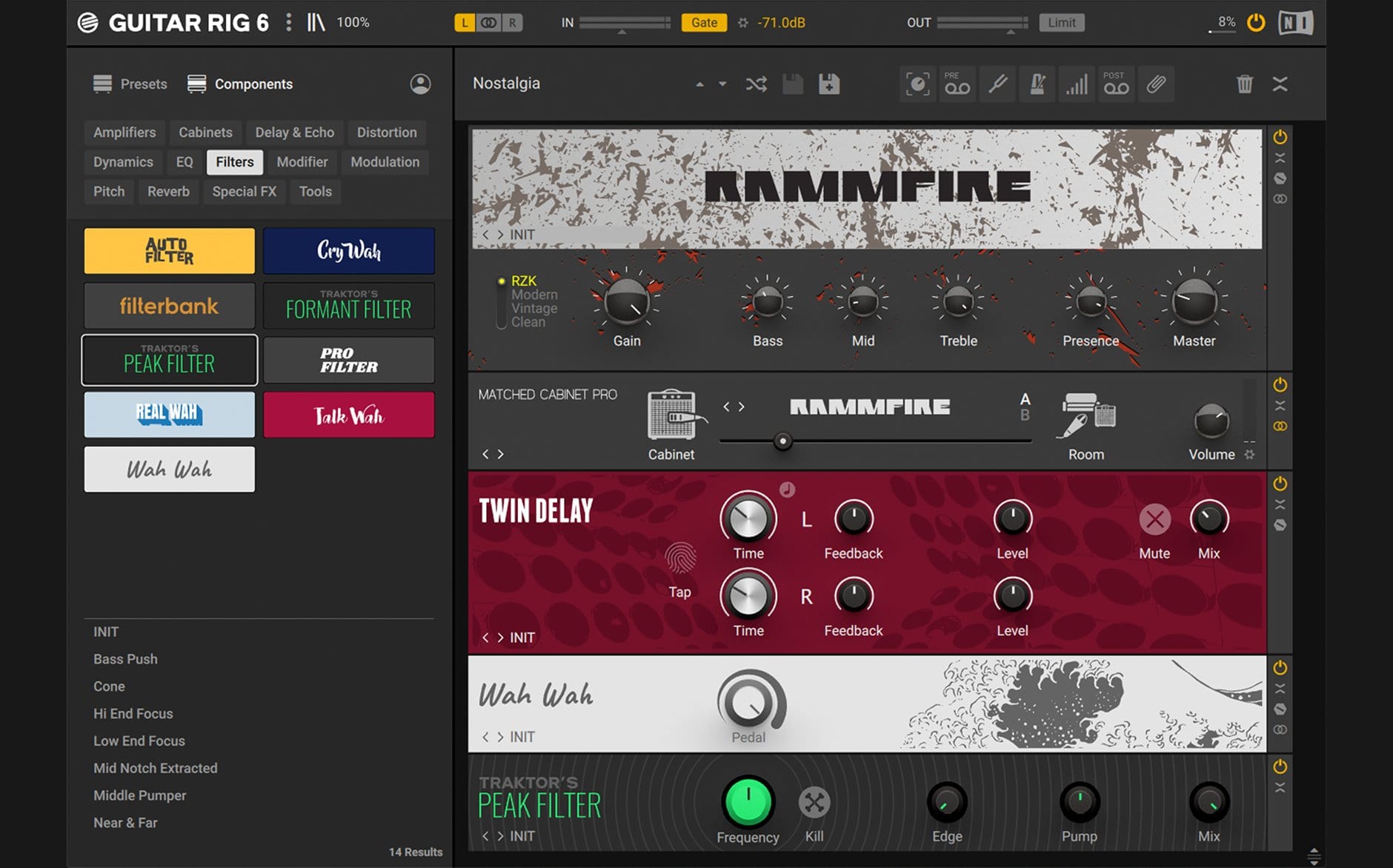
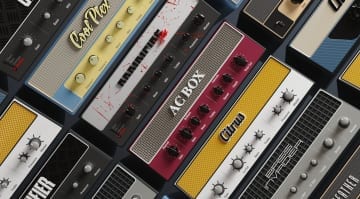


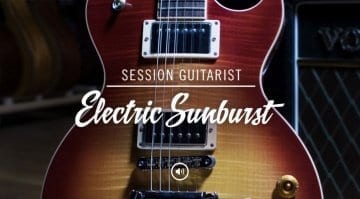
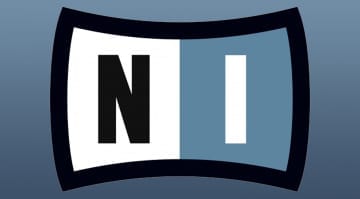
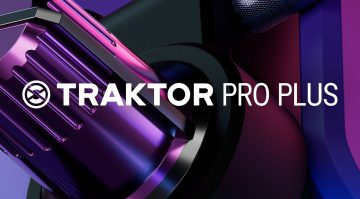
Unfortunately they came too late with this update…
Why, did Jesus come back or something?
And that’s all it is. It should be a free update because side by side with Pro 5 the difference in minimal. Having spent about $1000 AUD since this first appeared its an insult being asked to pay another $149 AUD for what is a minor tweak to the software. Looks like NI is taking lessons from Avid.
While I think the new amps are good and better, nothing has happened to the old ones. I am afraid that Native Instruments Guitar Rig has been left astern, because upgrading all that just for a few amps that is stellar is kind of waste and overkill.
I think a studio will appreciate having some great amp sims at hand and it is far easier to use for many home studio setups, easier than mic’ing up a set of amps. I’m hoping NI will add more software emulations via updates, as their website has stated that this is their aim going forwards.
Sadly you can’t install it if you have an old Mac that doesn’t support Mojave. Kinda bummed out. I defiantly won’t upgrade to Komplete 13 because of this.
Mojave is getting on for two years old now, so it isn’t exactly a recent OS upgrade. If your Mac is too slow to handle the OS, then it probably won’t enjoy running the new software releases either. It’s a tough one with older systems, as with new software releases come larger overheads on the CPU and RAM.These older Macs won’t handle it comfortably and so it means either stick with the old working system/software or bite the bullet and upgrade your hardware via new machine.
Can a Rig Kontrol 3 be used in the newest guitar rig 6 pro version?
I love that rig kontrol pedal.
It STILL only uses ONE CPU core, no matter how many you actually have. Some presets are very heavy and max out/glitch on that single core at low buffer sizes. I have a 6-core 9th gen i7 and it uses 1/6th of it. Why, oh why? It’s 2021 ffs.
Interesting. I haven’t had any issues on my Mac, though I have mainly been using the software as a plugin within Logic rather than standalone.
Does it have a looper?
I updated to 6 recently and the new GUI was so painful to use that I went back to use GR5. I contacted NI support and they had no real solutions ; except to go back to 5.
You are currently viewing a placeholder content from Facebook. To access the actual content, click the button below. Please note that doing so will share data with third-party providers.
More InformationYou are currently viewing a placeholder content from Instagram. To access the actual content, click the button below. Please note that doing so will share data with third-party providers.
More InformationYou are currently viewing a placeholder content from X. To access the actual content, click the button below. Please note that doing so will share data with third-party providers.
More Information